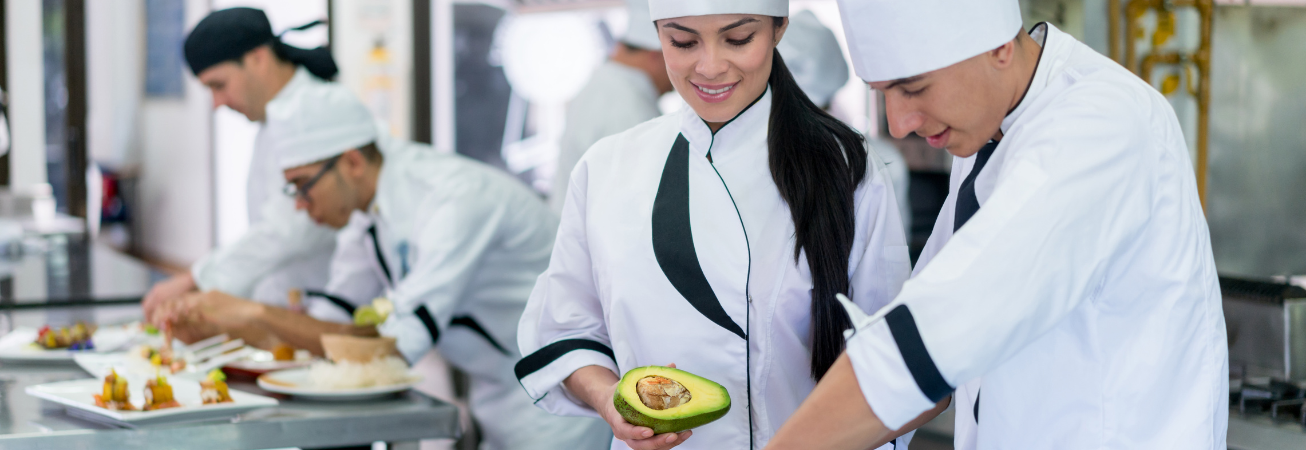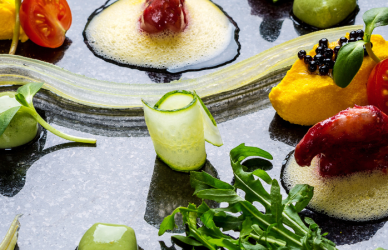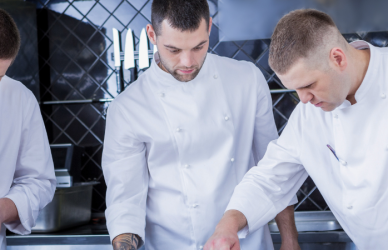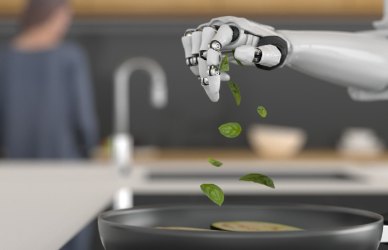Introduction
Germany is known for its culinary classics: Sauerbraten, Wiener Schnitzel, Spätzle, Rotkohl. These dishes are comforting, hearty, and steeped in tradition. But in recent years, a wave of modern German chefs has taken on the challenge of reinventing these staples for a new era of dining—blending innovation with deep respect for heritage.
Welcome to the world of “Neue Deutsche Küche” (New German Cuisine), where tradition meets creativity and where a simple potato salad might arrive deconstructed with truffle oil and microgreens. This article explores how chefs across Germany are reimagining the country’s culinary DNA.
What is Neue Deutsche Küche?
“Neue Deutsche Küche” refers to a culinary movement that began in the early 2000s and gained momentum in the last decade. It focuses on:
- Using regional and seasonal ingredients
- Applying modern cooking techniques
- Creating lighter, more refined versions of heavy classics
- Fusing international flavors while honoring German roots
It’s not about erasing the past—it’s about elevating it.
Reinventing the Classics – What’s Changing?
H3: Schnitzel, Evolved
The traditional Wiener Schnitzel is being reimagined with:
- Sous-vide veal for ultra tenderness
- Panko or quinoa crusts for a modern crunch
- Vegan schnitzel made from oyster mushrooms or celery root
Chefs are even pairing schnitzel with unexpected sauces like miso aioli or tamarind ketchup.
Spätzle with a Twist
These beloved soft egg noodles are getting gourmet makeovers:
- Beetroot- or spinach-infused dough
- Served with blue cheese and walnut crumble
- Or topped with black truffle shavings in upscale bistros
Sauerbraten in the Spotlight
Once a humble pot roast, Sauerbraten is being slow-cooked in craft beer reductions or paired with smoked vegetables and high-end sauces like juniper-red wine glaze.
Influences from Abroad
Germany’s modern cuisine is no longer insular. Influences from Asia, the Middle East, Nordic cuisine, and Latin America are making their way into kitchens.
Examples include:
- Bratwurst bao buns with kimchi
- Currywurst tacos with mango salsa
- Spätzle ramen broths
Chefs born abroad or trained in international kitchens are bringing new texture, spice, and flair to German comfort food.
Restaurants Leading the Reinvention
Nobelhart & Schmutzig (Berlin)
Michelin-starred and fiercely regional, this restaurant serves hyper-local dishes with bold storytelling and minimal presentation.
Horváth (Berlin)
Award-winning and progressive, it’s known for creative reinterpretations of Eastern German recipes.
H3: Restaurant Tim Raue (Berlin)
Asia-German fusion at its finest—classic German ingredients reworked with bold spices, acidity, and precision.
What This Means for Diners
For food lovers, this movement offers:
- A new appreciation of traditional flavors
- Lighter options without sacrificing richness
- A chance to experience regional ingredients in exciting formats
- More plant-based and sustainable variations of beloved dishes
Whether you’re a tourist or a local, these reinventions are a fresh way to experience Germany’s evolving identity—through the lens of food.
Conclusion
German cuisine is shedding its outdated image of being heavy and old-fashioned. Thanks to a new generation of chefs, the country’s food scene is dynamic, daring, and deeply respectful of its roots.
By reinventing classic dishes, these culinary artists are not only modernizing traditions—they’re making them relevant, exciting, and delicious for generations to come.





